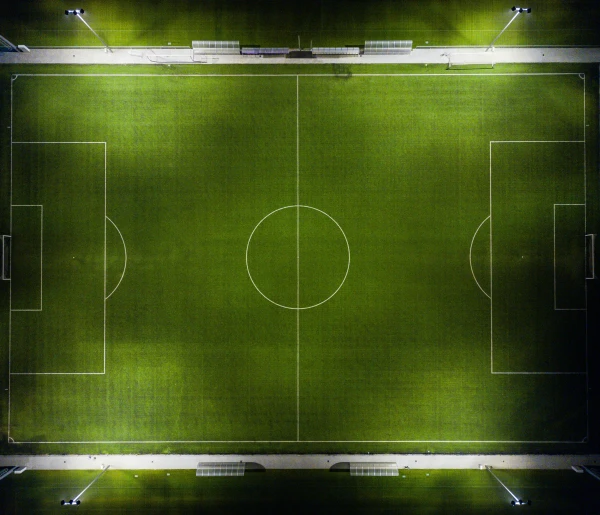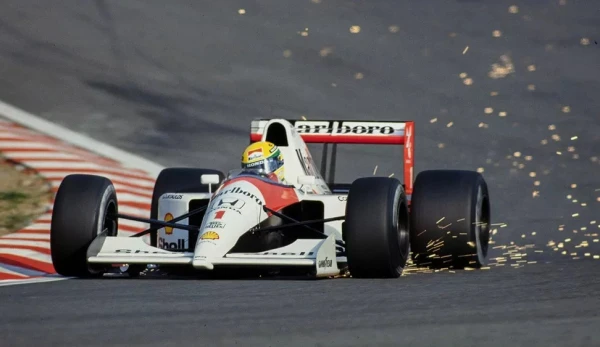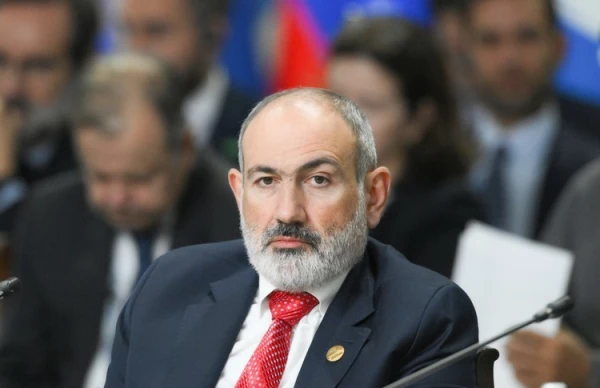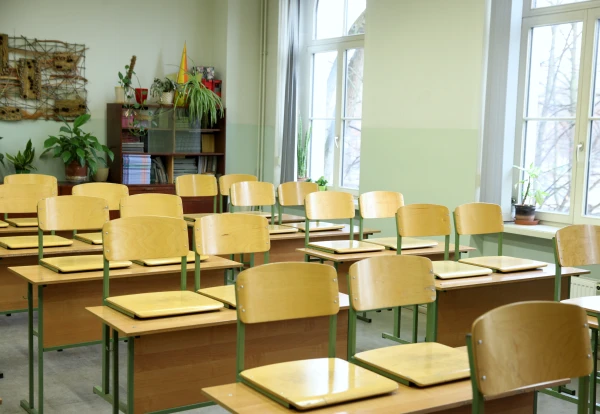
The decision on a possible location for the new football stadium in Riga has not yet been made, and various options are being considered, it became known on Tuesday at the meeting of the Sports Subcommittee of the Saeima Education, Culture and Science Committee, reports LETA.
Edgars Pukinskis, Deputy State Secretary of the Ministry of Education and Science (MoES) for Sports and Youth, indicated that the main goal is to implement the project in a public-private partnership (PPP) format, attracting private investments from interested market participants.
Preliminary calculations in the interim report show the cost of the project without private sector involvement. According to Pukinskis, local government, the state, and the Latvian Football Federation (LFF) could invest 5–6 million euros per year, but the main task is to create a business model attractive to investors. He cited Albania as a successful example, where a stadium was restored on a degraded site, a hotel was built, and the value of the surrounding area tripled. A similar mechanism is planned to be implemented in Latvia.
A final decision on the stadium's location has not yet been made. The current decision of the Riga City Council suggests placing it in Lucavsala, but the territory of the Skonto stadium and other options are also being considered. The LFF is analyzing the land value and legal aspects regarding Skonto, and a study on Lucavsala is planned for the end of the year. Deputies have suggested considering other sites, including Tiruma Street, taking into account transportation and security issues in the city center.
Reinis Freimanis, head of the PPP and financial instruments department at the Central Finance and Contracting Agency, indicated that the preliminary research stage is currently underway to determine the main parameters for subsequent calculations. The next step is to develop a detailed business plan with technical, legal, financial, and economic assessments, including cash flows for both parties.
He noted that a public demand is required for the PPP model, which can be calculated based on socio-economic benefits. For the project to be successful, the stadium must be multifunctional and universally usable.
Parliamentary Secretary of the MoES Davis Martinš Daugavietis (“New Unity”) emphasized that the working group has done significant work. Compared to spring 2023, when the subcommittee meeting left "not the most pleasant impression," the economic benefits of football and the sports sector as a whole are now clearly defined.
Daugavietis noted that any state expenditures are possible no earlier than 2030, characterizing this as "responsible long-term planning," and added that he does not want Latvia to remain the only country in Europe without its own national stadium.
The stadium is also expected to be used for cultural and entertainment events — concerts and the Song and Dance Festival.
As reported, in October, the government reviewed and acknowledged the information report from the MoES on alternatives for constructing a new national football stadium in Riga, beginning the preparatory stage for a possible PPP project.
The government, having reviewed the report, did not take on any financial obligations.
The report was prepared by a working group established by the order of Prime Minister Evika Silina on December 20 of last year.
A total of six alternatives were considered — from the reconstruction of the current BTA Daugava stadium to the construction of a new stadium within the PPP framework, including on private land.
For in-depth analysis, three scenarios were selected: construction of a new stadium with the participation of the Latvian National Sports Center (LNSC), a PPP project on state or municipal land, and a PPP project on private land, for example, with the acquisition and development of the Skonto stadium.
None of the scenarios is fully commercially self-sufficient, so the public sector will have to take on some financial risks. The report recognized the PPP model on state or municipal land as the most advantageous, where the annual subsidy could amount to about 4.9 million euros.
In comparison, if the construction is carried out by the LNSC, the deficit could reach 5.8 million euros, while the PPP on private land could be around 5 million euros, according to the calculations of the working group.
The highest rating was given to two options: construction of a new stadium within the PPP on state or municipal land with the participation of the LNSC, Riga City Council, and LFF, as well as construction of a stadium on private land (for example, acquiring and developing Skonto in the same partnership).
At the same time, the reconstruction of the BTA Daugava stadium, although potentially cheaper, was deemed an unsustainable solution — due to design, construction, and maintenance limitations, this option received the lowest score.
Data from the architectural bureau SEP, engaged by the LFF, and the international consulting company Populous were used for the analysis of alternatives. The report defines the optimal initial parameters for the stadium — a minimum of 15,000 spectator seats, and analyzes possible costs for construction, maintenance, and potential revenues.
The working group indicates that the funding deficit can be covered by state funds, Riga City Council, and the UEFA Hattrick program, with the support of relevant confirmation letters from the Riga City Council and LFF.
The report also emphasizes that the development of football infrastructure would yield economic returns — football in Latvia can generate an added economic value of 37 million euros, corresponding to a 55 million euro contribution to GDP. Tax revenues from the LFF and football clubs exceed 9 million euros.
In turn, Riga's Vice Mayor Vilnis Kirsis (“New Unity”) reported that the LFF is currently negotiating with the owners of the Skonto stadium regarding a possible acquisition of its infrastructure. In April of last year, the Riga City Council allocated land in Lucavsala for the national football stadium. At that time, according to Kirsis, the owners of Skonto were not interested in alienation. However, now "the ice has broken." In this case, according to Kirsis, the construction of a new stadium on the site of Skonto seems more preferable to the council than the project in Lucavsala.
To achieve the goals outlined in the Main Directions of Sports Policy for 2022–2027, including the development of sports infrastructure and PPP projects, the government instructed the LNSC to prepare financial and economic calculations for the project by April 30, 2026.
According to regulations, by June 30, 2026, it is planned to prepare and submit the project's justification documentation to the Cabinet of Ministers to confirm the feasibility of the PPP model and assess possible alternatives for development.















Leave a comment